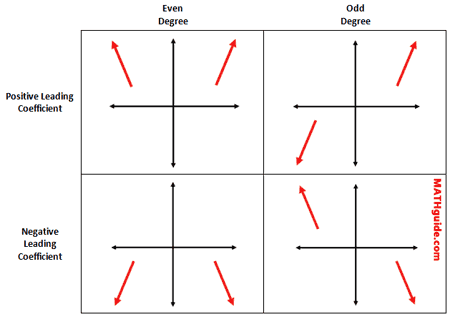Unit 2!
On this page we will discuss if a specific function is a polynomial or not, what makes it a polynomial, how to write the function in standard form, finding the degree, the type, the leading coefficient, and end behavior.
Step 1: Write the function
f(x) = 6x^3 -25x + 20; x = 5
Step 2: Determine if the funciton is a polynomial
A function is a polynomial function if the degree of the exponents are positive whole numbers, if there is no square root, and if the function isnt being divided by x
f(x) = 6x^3 -25x + 20; x = 5: this function in particular is a polynomial; given the previous rules
Step 3: Writing in standard form
To write a polynomial function in standard form, we must put our variables in order based on the degree
our function: f(x) = 6x^3 -25x + 20; x = 5, our function in standard form: f(x) = 6x^3 -25x^1 + 20x^0; x = 5
Step 4: Finding the Degree
The degree of our polynomial is determined by the biggest exponent in function
Degree of our function: 3, cubic
Step 5: Type of function
The type of function is determined by the degree of our function
Our degree: 3, so the type is cubic
degree name 1 linear (or monic) 2 quadratic 3 cubic 4 quartic 5 quintic 6 hexic 7 septic 8 octic 9 nonic 10 decic
Step 6: Leading coefficient
This is pretty self explanitory, Leading coefficients are the numbers written in front of the variable with the largest exponent. Just like regular coefficients, they can be positive, negative, real, or imaginary as well as whole numbers, fractions or decimals. In our case the leading coefficient is 6
Step 7: End behavior

given the information on this image, we know that the end behavior of our function is x - infinity, y + infinity, x + infinity, y + infinity.